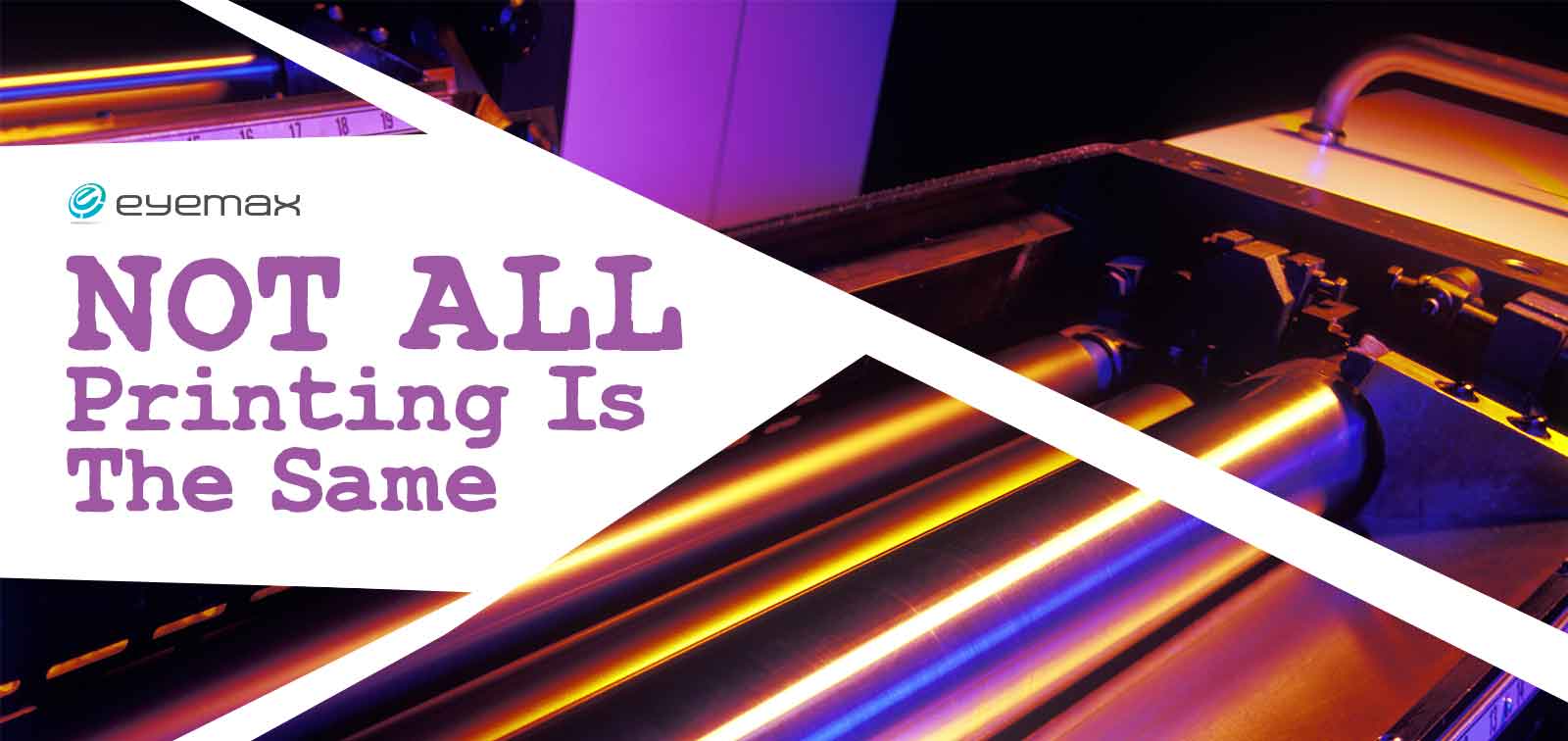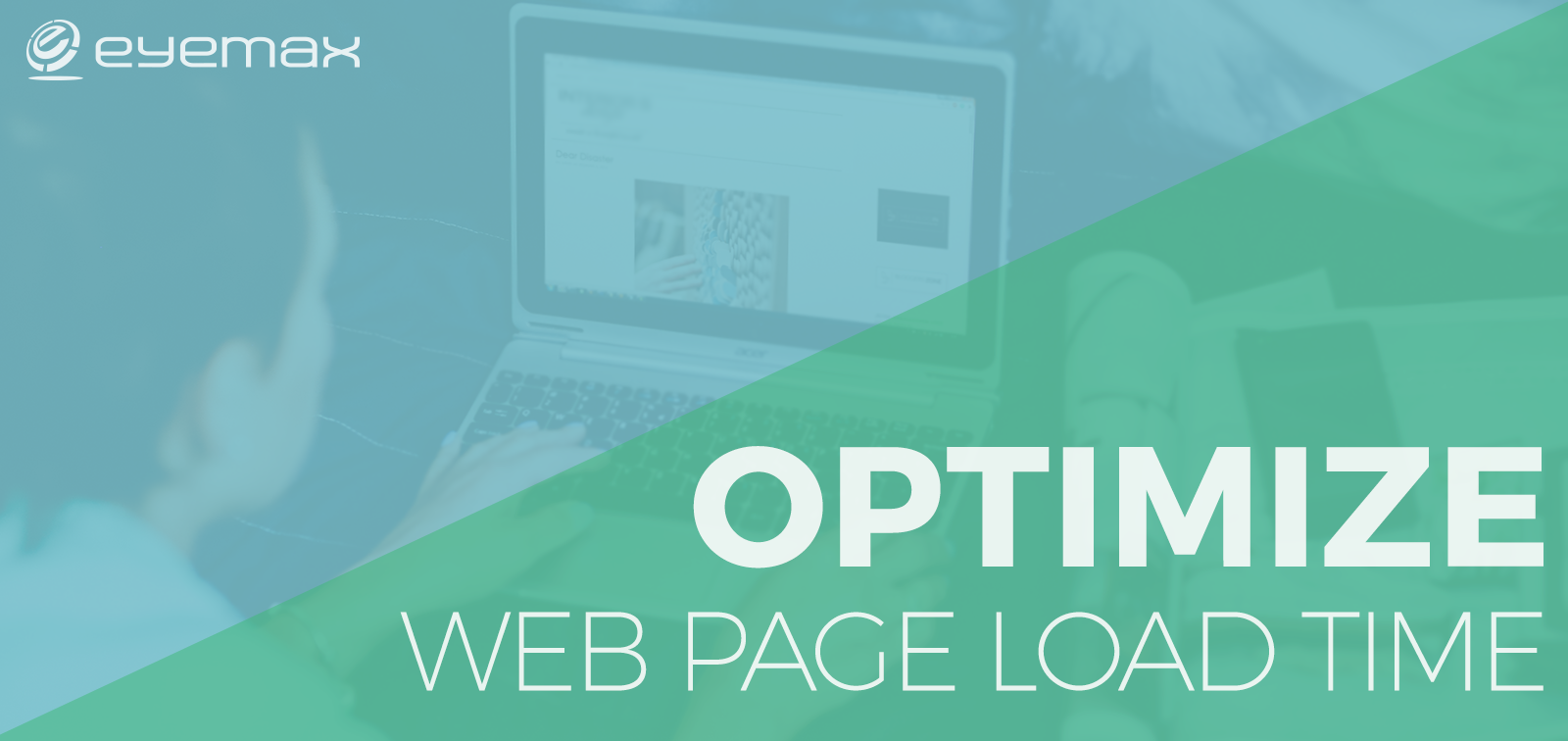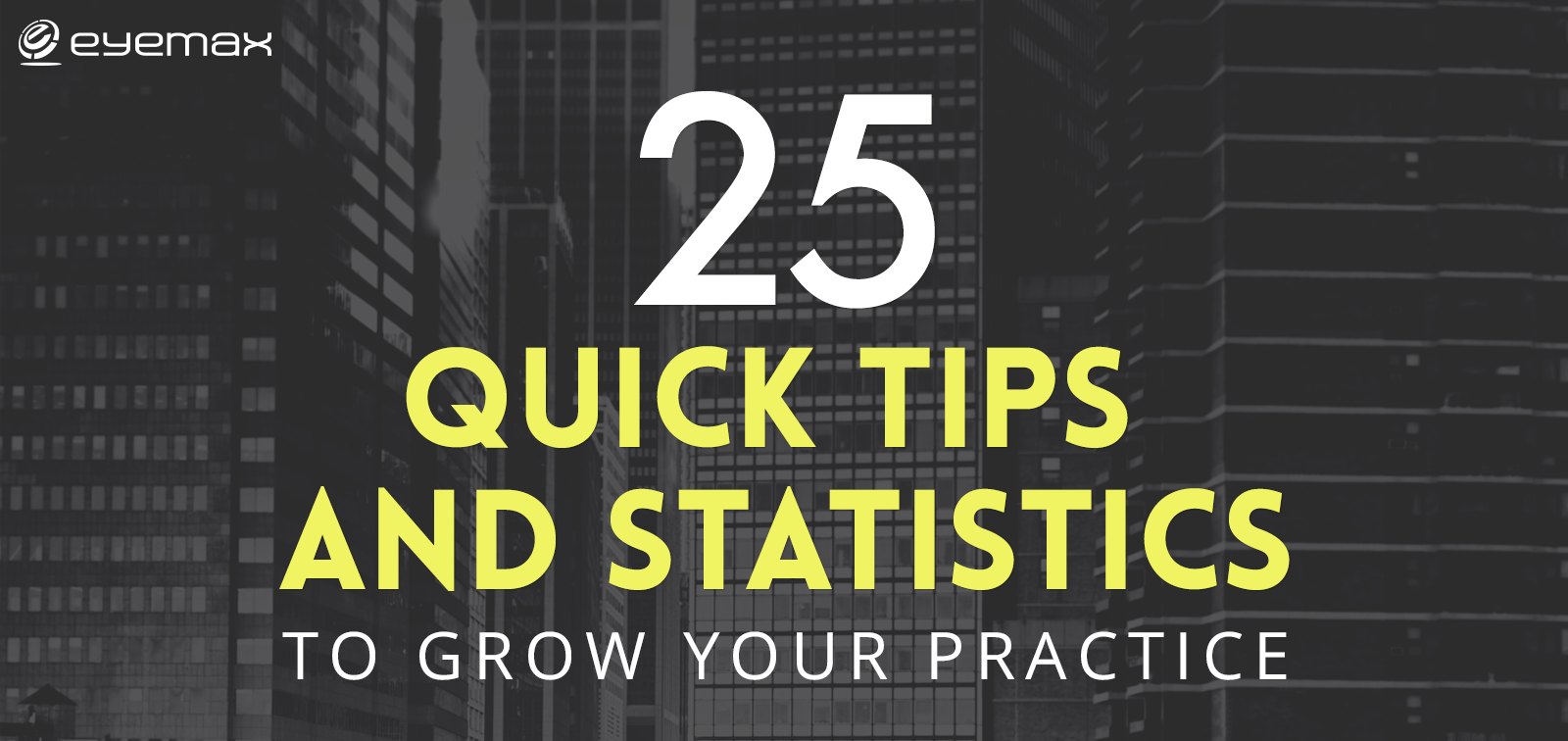
Understanding Your Options
There are a wide variety of printing options available. Most printing techniques were developed for very specific applications. The main printing processes we frequently use are Offset, Digital and Screen printing.
Offset Printing is the most common printing process today. It offsets ink from metal plates to a rubber blanket and onto the paper. Almost all commercial printers do offset printing. This method is the most dependable for superior image quality. You receive the most value, as it is the least expensive technique for creating top quality work in large volumes.
Digital Printing is the newest printing process. This method includes Inkjet (use of print heads that spray ink) or xerography (uses electrical charges that attract toner particles) to create prints. Digital printing is best for short-run and fast turnaround work. With this method you are very limited in color, paper choices and quality. However, due to its rising popularity, this technology is fast rising.
Screen Printing is also known as silk-screening. Ink is transferred onto a substrate following a stencil pattern. One shade of ink is printed at a time. Several screens are used to create multicolored graphics. This method is best suited for clothing, stickers and billboards.
Finishing Touches
There are also some really amazing finishing techniques available that can add more visual interest to printed work. We most commonly use Embossing, Varnish, Die Cuts and Foils.
 Varnish is a liquid coating applied to a printed surface to add a clear glossy, matte, satin, or neutral finish.
Varnish is a liquid coating applied to a printed surface to add a clear glossy, matte, satin, or neutral finish.
Embossing creates a raised impression on a surface.
Die Cuts involve cutting of shapes in paper or paperboard using a die.
Foils are affixed to a certain material by a heating process.
Choosing the Right Printing Techniques
It’s very important that both printing supplier and consumer know the answer to these 6 questions in order to choose the proper method for any given project:
- How many print copies are needed?
- When is the deadline?
- What must be printed and why?
- What additional finishes must be completed after the printing?
- Which printing tools are available?
- Which method can meet the project’s budget?
So when you’re looking for a printer, make sure you know that they can deliver what you need. Printing is a complicated process. The more you ask, the better your printed results will be!






